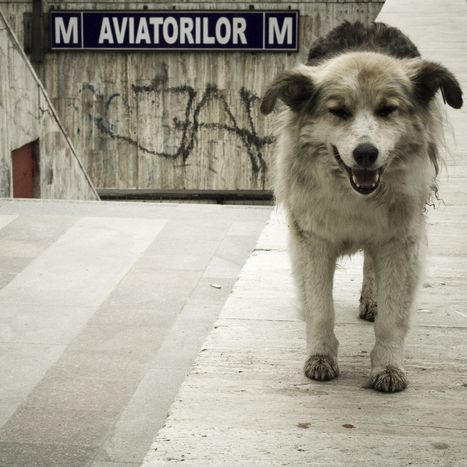
Romania's stray dogs, souvenirs of a communist past
Published on
Translation by:
 ReeAix
ReeAix
On 26 July, the European court of human rights criticised Romania’s inability to deal with the stray dogs roaming its streets. Legislation introduced by parliament to allow the euthanasia of the stray dogs has however provoked controversy. How have the strays, known as ‘maïdanezi’, become mired in political debate?
The ‘in other news’ section that appears in newspapers often provides a good insight into a society. In Romania, tales of serious bite wounds inflicted by savage dogs are commonplace and the 40, 000 stray dogs which roam the streets of the capital only emphasise these news stories. The most well-known incident involves Georgeta Stoicescu, 71. In October 2000, the pensioner from Bucharest was viciously attacked by a pack of seven dogs. Her health deteriorated following the incident and she died seven years later. Her case was taken to the European court of human rights in Strasbourg. This is the last resort once all other legal options have been exhausted: the court of ‘hopeless cases’.
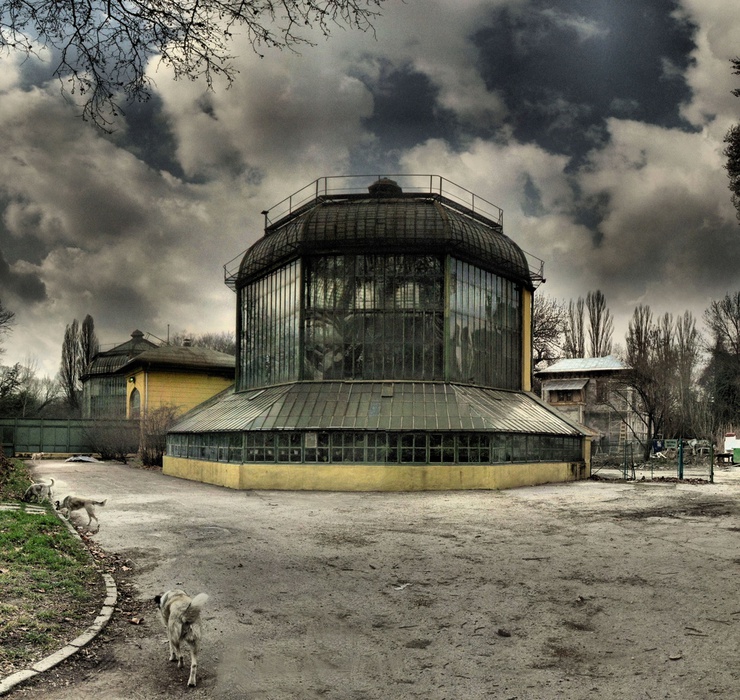
On 26 July the court gave its final verdict: the Romanian government had to pay 9, 000euros to Mrs Stoicescu’s family for bodily harm. Strasbourg noted that ‘the government has failed to provide a single indication of concrete measures to be taken to address this serious public health risk and threat to the physical safety of the population.' In 2010, 13, 200 of Bucharest’s two million inhabitants were victims of bite wounds.
Parliament haunted by mistakes of communism
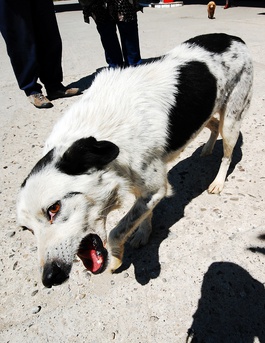 On a national level, the grand total of a few thousand euros isn’t all that much. However, the decision is an important symbolic step, punishing the Romanian authorities’ inertia. The problem is actually a long-established one, dating back to dictator NicolaeCeausescu’s era. The housing programme of the self-proclaimed ‘genie of the Carpates’ involved razing one-fifth of the city in order to construct immense social housing projects. This had a pernicious effect. Dogs were forbidden in the apartments, and dog-owners found themselves forced to abandon their canine friends.
On a national level, the grand total of a few thousand euros isn’t all that much. However, the decision is an important symbolic step, punishing the Romanian authorities’ inertia. The problem is actually a long-established one, dating back to dictator NicolaeCeausescu’s era. The housing programme of the self-proclaimed ‘genie of the Carpates’ involved razing one-fifth of the city in order to construct immense social housing projects. This had a pernicious effect. Dogs were forbidden in the apartments, and dog-owners found themselves forced to abandon their canine friends.
Parliament adopted a new law in May in the hopes of ultimately solving the problem. According to the new legislation, adult dogs held in refuges which are not ‘claimed or adopted’ within a period of 30 days, can either be ‘put to death’ or ‘kept in shelters’. Bucharest magistrate Mihai Cristian Atanasoaei assured the French news agency AFP that the law is ‘democratic’, as the decision to put the dogs to sleep – or not – was left to local authorities.
Euthanasia – no new solution
Don’t let this trick you into thinking that culling dogs is a new solution in Romania though. Long before he became president of Romania in late 2004, Traian Basescu was the mayor of Bucharest. His 2001 election manifesto contained a stunningly persuasive argument for voters: he promised to halt the massive increase in the stray dog population. Once elected, he implemented a programme for the capture, sterilisation and eventual adoption of the strays (a project done in partnership with the Brigitte Bardot foundation, a French organisation concerned with animal welfare). Far from being a success however, organisations involved with the programme rapidly disassociated themselves from it. The inhabitants of Bucharest who had originally taken on four-legged companions ended up releasing them back onto the streets. It quickly became clear that the dogs were not suited to domestic life.
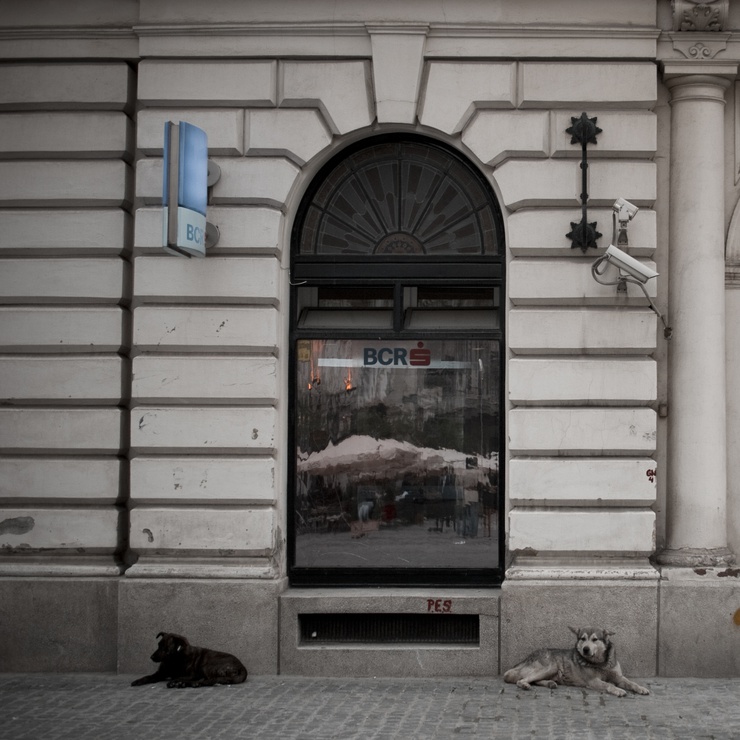
Following this, a cull strategy was finally adopted on a national level, and this did produce results. The 200, 000 stray dogs which had roamed the streets at the start of the decade were reduced to 50, 000 by the time Romania joined the European union in 2007. However, the culling was then halted, as it was declared contrary to EU regulations. Time to start again from the beginning: the state now was to 1.3 million euros (£1.13 million) a year dealing with the problems caused by the dogs, and an entire hospital department was been dedicated to bite victims.
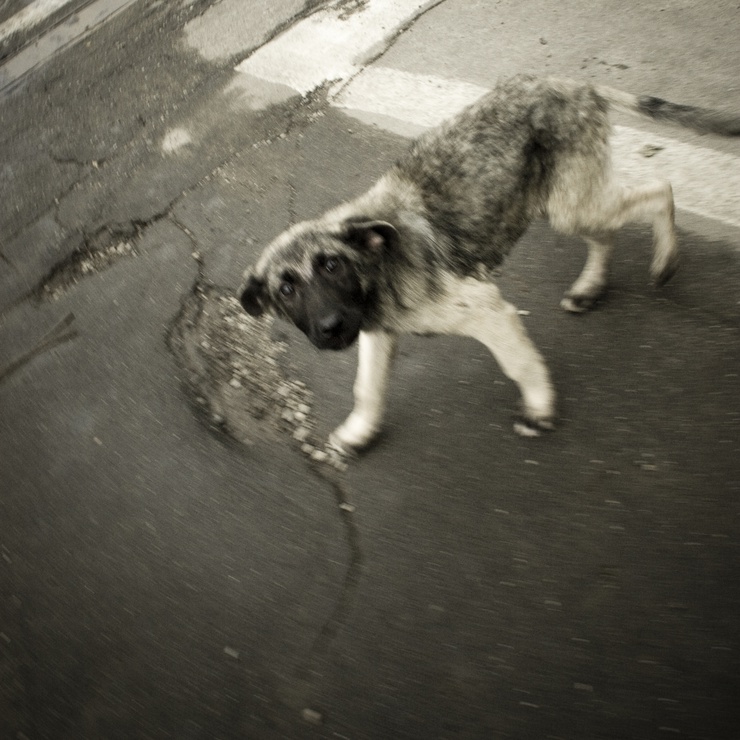
While the risk the dogs present continues to provoke fear among many, a sizeable proportion of Bucharest’s inhabitants are against the extreme measures used to deal with the strays. ‘Since the fall of the communist dictatorship twenty-one years ago, the majority of Romanians have shared the impression that they have been abandoned by a corrupt state and this feeling means people identify with the stray dogs,' says Mirel Bran, the Bucharest correspondent for French newspaper Le Monde. 'They too are victims of the dictatorship and of the transition period which Romania endured in the nineties.’
Image: main and in-text dogs © Anne-Lore Mesnage; in-text botanic museum (cc) Galerie de photos de Panaromas/ Flickr; red-eyed Romanian dog (cc) 1uk3/ Flickr; © Anne-Lore Mesnage
Translated from La Roumanie et les chiens sauvages: tensions politiques sur fond d’héritage communiste


